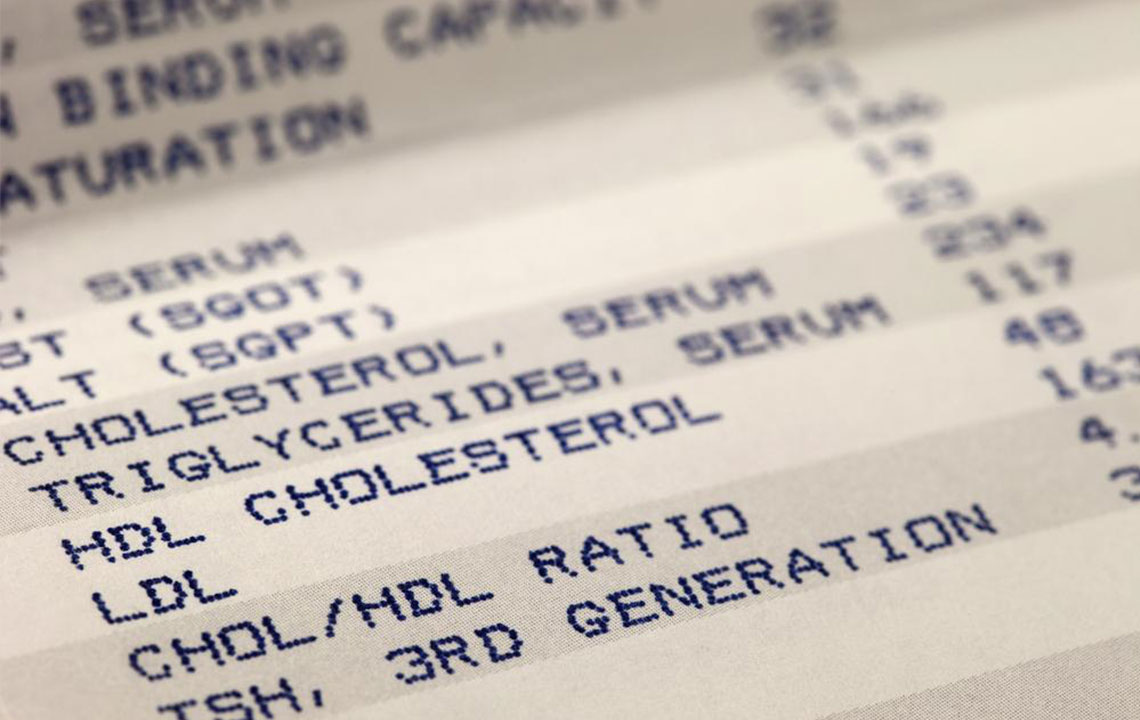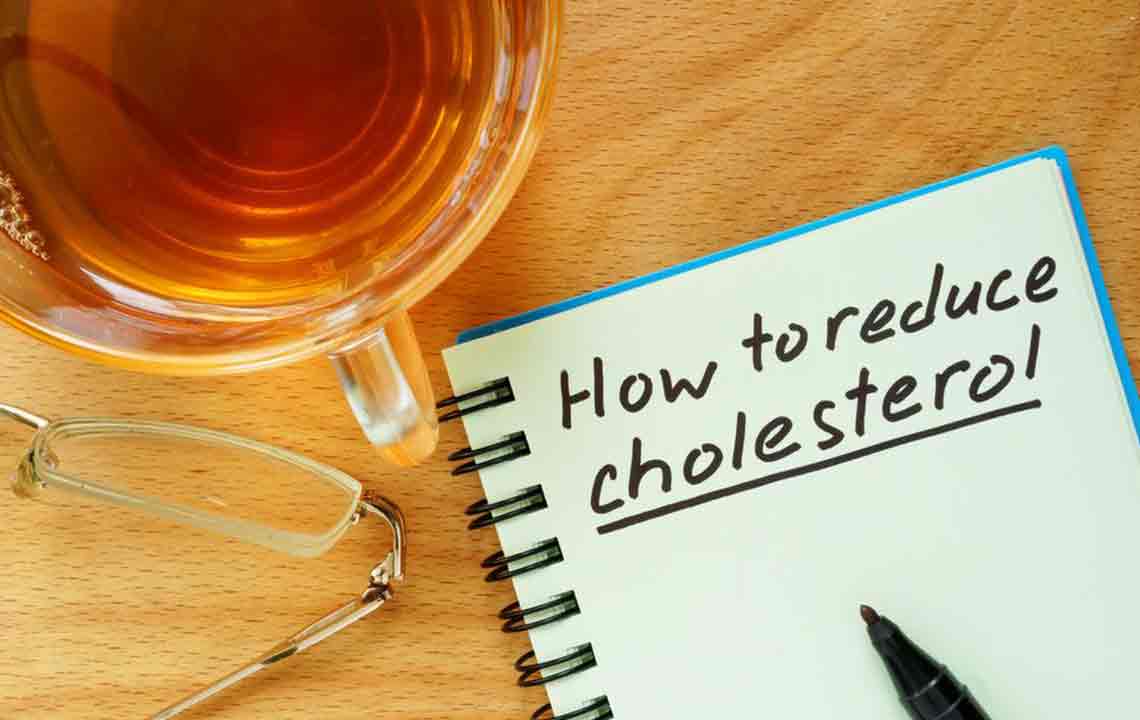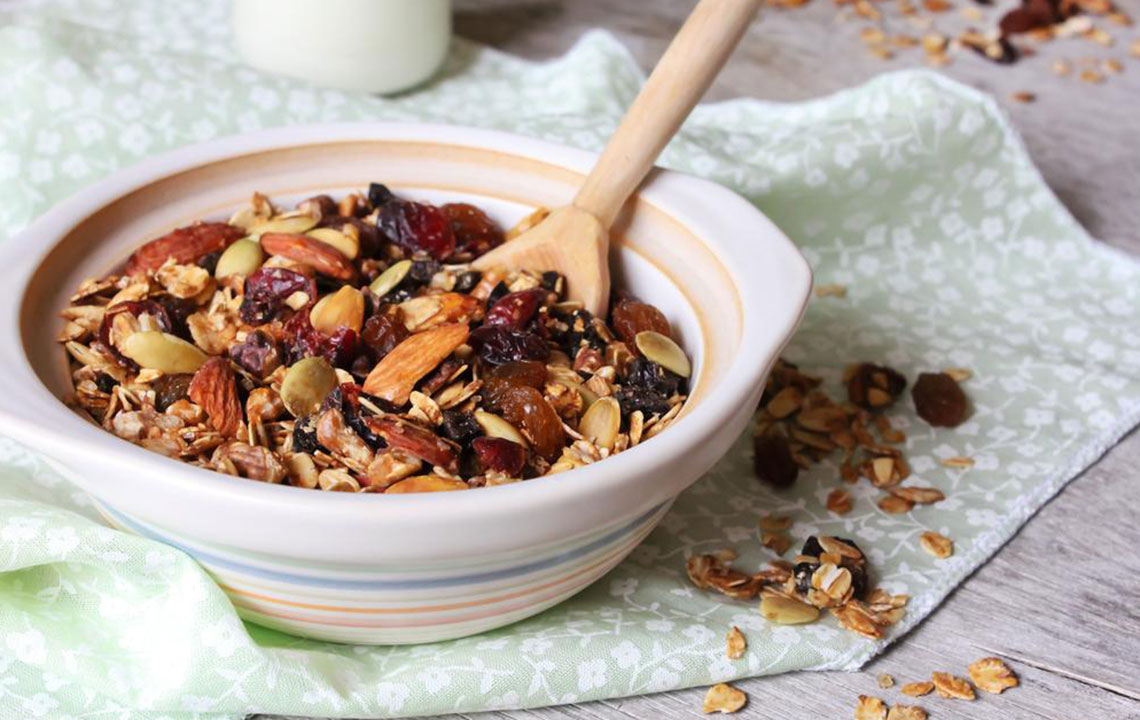In-Depth Insights into Cholesterol: Types, Levels, and How to Maintain Balance
This comprehensive guide explores cholesterol's different types, their roles in the body, and the importance of maintaining healthy levels. Learn about LDL and HDL, optimal ranges, and effective strategies for managing cholesterol through diet, exercise, and medical interventions. Regular testing and lifestyle adjustments can significantly reduce the risk of heart disease, making this guide essential for individuals aiming for better cardiovascular health and overall wellness.

In-Depth Insights into Cholesterol: Types, Levels, and How to Maintain Balance
Cholesterol, a waxy, fat-like substance, plays a crucial role in maintaining various bodily functions, including hormone production, cell membrane integrity, and serving as a precursor for vitamin D synthesis. Despite its importance, when cholesterol levels become imbalanced, they pose significant health risks, particularly increasing the likelihood of cardiovascular diseases such as heart attacks and strokes. Understanding the different types of cholesterol, their functions, and optimal levels is vital for maintaining heart health and overall well-being.
Cholesterol is naturally produced by the liver and also acquired through dietary sources. The delicate balance between beneficial and harmful cholesterol forms determines your risk for developing arterial blockages and other heart-related issues. A comprehensive understanding of these components and regular monitoring can help prevent disease progression and promote a healthier life.
Cholesterol is primarily categorized into two main types: Low-Density Lipoprotein (LDL) and High-Density Lipoprotein (HDL). Both types have essential roles in the body, but their impacts on health vary significantly. Let's explore these in detail.
LDL is often termed the 'bad' cholesterol because it tends to deposit along arterial walls, leading to atherosclerosis—a condition characterized by hardened and narrowed arteries. Elevated LDL levels increase the risk of cardiovascular events such as heart attacks and strokes. Conversely, HDL is known as the 'good' cholesterol due to its role in transporting excess fats from the bloodstream to the liver, where they are processed and eliminated. This cleansing function helps maintain clear arteries and reduces the risk of heart disease.
Recognizing the importance of maintaining the balance between LDL and HDL is key to cardiovascular health. It's recommended to regularly monitor these levels through blood tests, which can guide lifestyle changes and, if necessary, medication to optimize cholesterol ratios.
For adults, understanding normal and risky cholesterol levels is essential. Healthcare professionals often categorize levels based on age, sex, and overall health profile. Regular testing, typically via a lipid panel, provides comprehensive insights into total cholesterol, LDL, HDL, and triglyceride levels, enabling informed decision-making for health management.
Key terminologies associated with cholesterol:
LDL (Low-Density Lipoprotein): The primary contributor to arterial plaque buildup, increasing cardiovascular risk.
HDL (High-Density Lipoprotein): Helps remove fats from the bloodstream, offering protective effects against heart disease.
Triglycerides: Fat molecules derived from dietary fats, which can accumulate and contribute to cardiovascular risk if levels are high.
Total cholesterol: The combined measure of all cholesterol types present in your bloodstream.
Recommended adult cholesterol levels:
Total cholesterol: Less than 200 mg/dL is desirable; 200-239 mg/dL indicates borderline high; 240 mg/dL and above is considered high.
LDL cholesterol: Less than 100 mg/dL is optimal; 100-129 mg/dL is near optimal; 130-159 mg/dL is borderline high; 160-189 mg/dL is high; above 190 mg/dL is very high.
HDL cholesterol: Less than 40 mg/dL poses increased risk; 40-59 mg/dL is acceptable; 60 mg/dL and above offers protective benefits.
Triglycerides: Below 150 mg/dL is healthy; 150-199 mg/dL is borderline high; 200-499 mg/dL is high; over 500 mg/dL is critically high and requires immediate attention.
Managing cholesterol effectively involves lifestyle modifications and, when necessary, medical interventions. Here are some comprehensive strategies to keep cholesterol within healthy ranges:
Dietary adjustments: Emphasize foods low in saturated fats, trans fats, and cholesterol; increase intake of fruits, vegetables, whole grains, nuts, and seeds. Limit red meats, full-fat dairy, and processed foods high in unhealthy fats.
Physical activity: Engage in at least 150 minutes of moderate aerobic exercise or 75 minutes of vigorous activity weekly. Exercise helps elevate HDL and lower LDL levels, contributing to better cardiovascular health.
Weight management: Achieve and maintain a healthy weight to improve cholesterol profiles. Even modest weight loss can significantly impact cholesterol levels.
Stop smoking and limit alcohol: Smoking reduces HDL levels and damages blood vessels, while excessive alcohol intake can increase triglycerides.
Medical interventions: When lifestyle changes are insufficient, healthcare providers may prescribe medications such as statins to help lower LDL levels and manage triglycerides effectively.
Regular monitoring: Routine cholesterol testing is critical for early detection and management of abnormal levels, especially if you have risk factors such as hypertension, diabetes, or a family history of heart disease.
In summary, understanding the complexities of cholesterol—its types, levels, and health implications—is essential for preventing cardiovascular disease and promoting overall health. With proper lifestyle modifications and medical guidance, maintaining optimal cholesterol levels is achievable, leading to a healthier, longer life.





